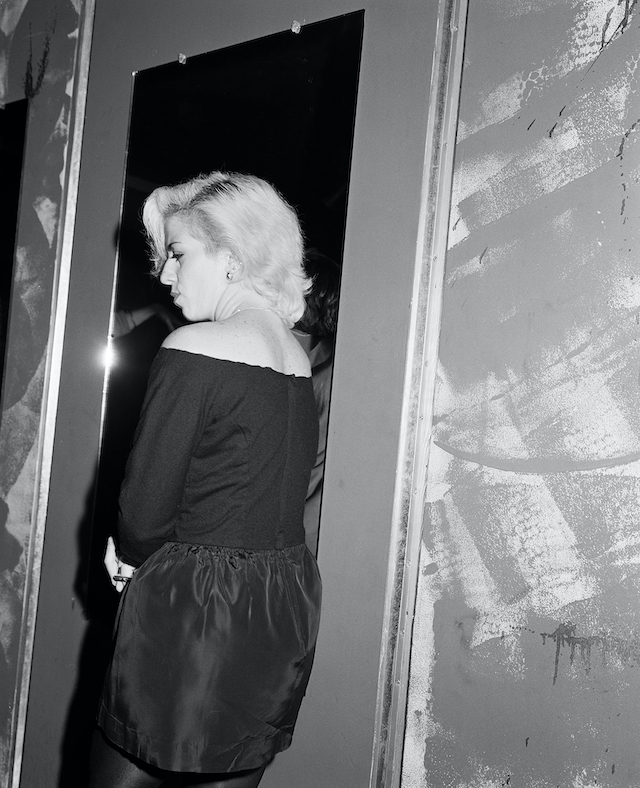Mimi Plumb’s new book documents a world grappling with climate change, war and poverty

There are countless reasons why someone might refer to San Francisco as The Golden city – the consuming, orange sunsets; the constant rolling fog that heats up the air between the buildings; or its involvement in the California Gold Rush. But even before it was nicknamed The Golden City, San Francisco wasn’t even called San Fransisco. It was only in 1847 that it was given its title, just a year before the Gold Rush which sparked a surge in the population. Then, in 1906, California experienced what’s deemed the worst earthquake of all time, shaking miles upon miles with impact reaching the Bay area. In fact, it’s noted that some remember it as the fire that ripped through the city, giving it a misleading title of San Fransisco Earthquake. San Francisco has an interesting past – its history still looms and is felt in the hills, landscapes and even the people.

Mimi Plumb, is an American photographer currently based in Berkley, California, beholds distinctive memories of the area of San Fransisco. So much so that she’s now compiled these past thoughts and snapshots into a book, aptly named The Golden City and published by Stanley / Barker. Mimi grew up on the edges of the city, where the rents were cheap and humdrum of city life was more diluted and dispersed. “San Francisco, known as The Golden City, truly is a golden city,” Mimi tells me. “But, as with most cities, it has an underbelly, which is where I lived and what I photographed in the 1980s.” The city during this time was rife in radical activism, with inhabitants taking to the streets in opposition of gentrification and the policies coming from the White House. It was a tumultuous time for politics and society, which caused sharp contrasts to those living in a gentrified, inner-city world and those on the fringe. Protests and anarchism subsequently forged and the arrival of a more underground, DIY culture, music and art stared to grow. But it wasn’t without its downside.
“I was an art student working at a minimum wage job,” explains Mimi of the time. “I lived on the edge of the city where the rents were cheap. I photographed the environment around me, often taking daily walks in my neighbourhood of Bernal Heights; Dog Patch, along the bay; and the Mission District.” In one part of the neighbourhood named Warm Water Cove, located on the bay, Mimi observed captured a pile of tires and abandoned cars. In another spot, she climbed the chimney of a power station that was positioned above the 25th Street Pier – she’d sit and watch the planes swooshing above. Mimi is an observer and this becomes explicitly clear in her photography, that which steers from bleak landscape shots to the more intimate, candid portrait. All of which is shot in signature black and white and features a distinctive luminous tone – an ominous hue that probably couldn’t be captured anywhere else apart from The Golden City. “I actually began this project in the early 1980s using colour film,” says Mimi, “but the blue skies didn’t convey the edgy content of the work.”

To accurately (and artfully) tell her stories, Mimi has divided the book into sequences. The first half features notes from The Golden City itself, “predominantly of landscapes in and around the city,” she says. The work in this part is particularly distinguished as she documents the link between “wealth and power to climate change and poverty” – that which is pictured through angular cliff edges framing the city, almost like a colony of concrete ants in the distance; or busy streets peppered with suited city dwellers juxtaposed with the stark, deteriorating landscapes. Then, you reach the middle point: “The breaking heart and the two spreads that follow represent the heart of the book for me,” she adds. “The second half of the book, mostly portraits of both friends and strangers, reflects the psychological angst that I felt in myself and my community, both then and still now. One of the last pictures in the book – the girl in the polka dot dress hiding her head – is a stand-in for me not knowing what to do about it all. And my cat, Pearl, waiting and crouching is a portrait of me, as the world grapples with climate change, war and poverty.”
What’s most interesting, however, is that although the work in The Golden City was shot between 1984 and 2000, the topics, themes and issues explored are especially relevant today. The world over continues to tackle the warming climate, the dangerous policies imposed by the government and increasing poverty, not least in San Francisco. Mimi’s work, then, reminds us of the cyclical nature of things – that life and history tends to repeat itself. She concludes: “I see this book as a testament to the time and place that we are all experiencing.”
Mimi Plumb’s The Golden City is published by Stanley/Barker













